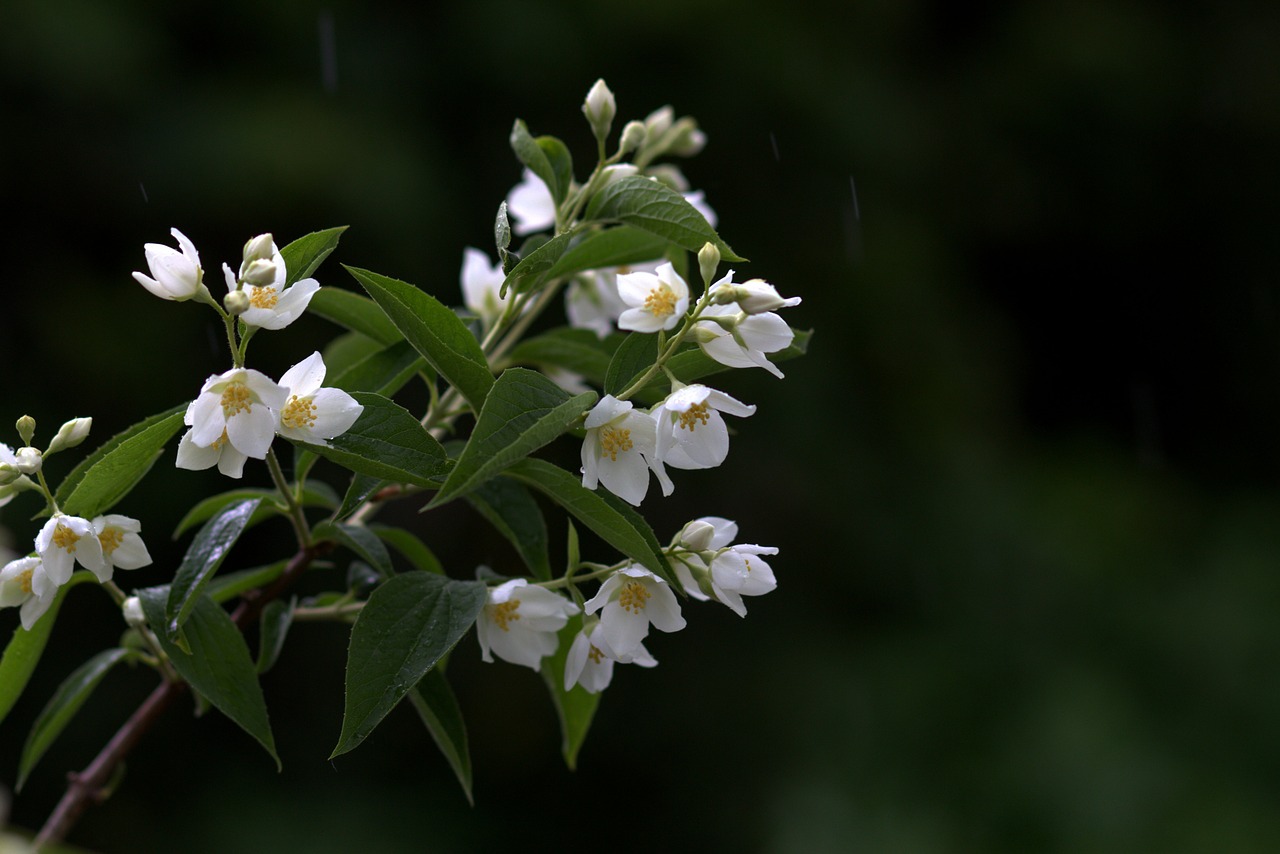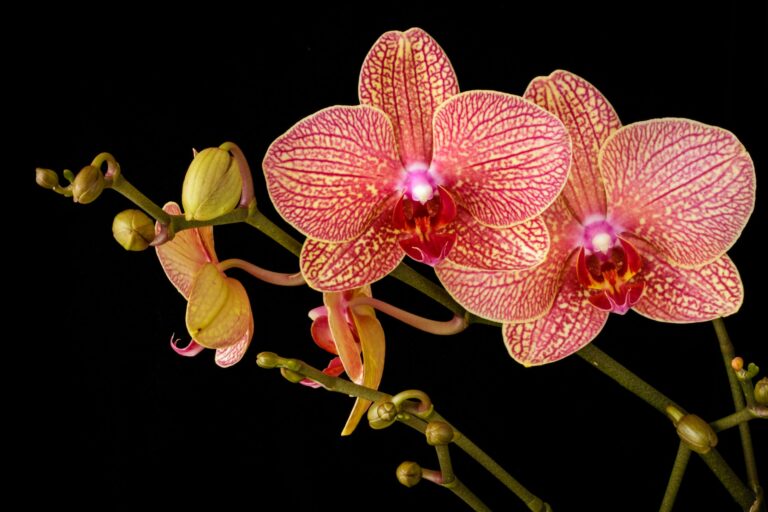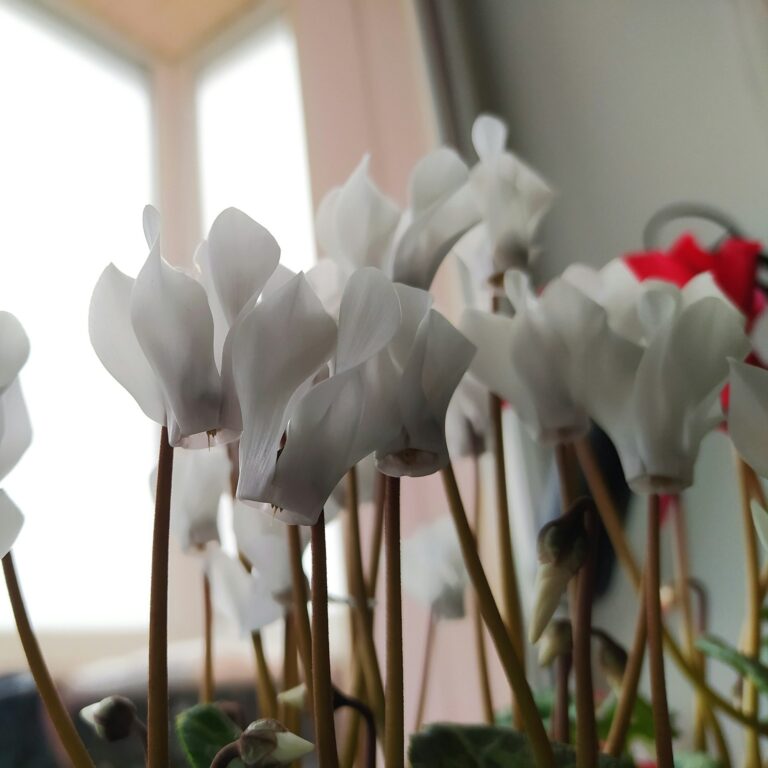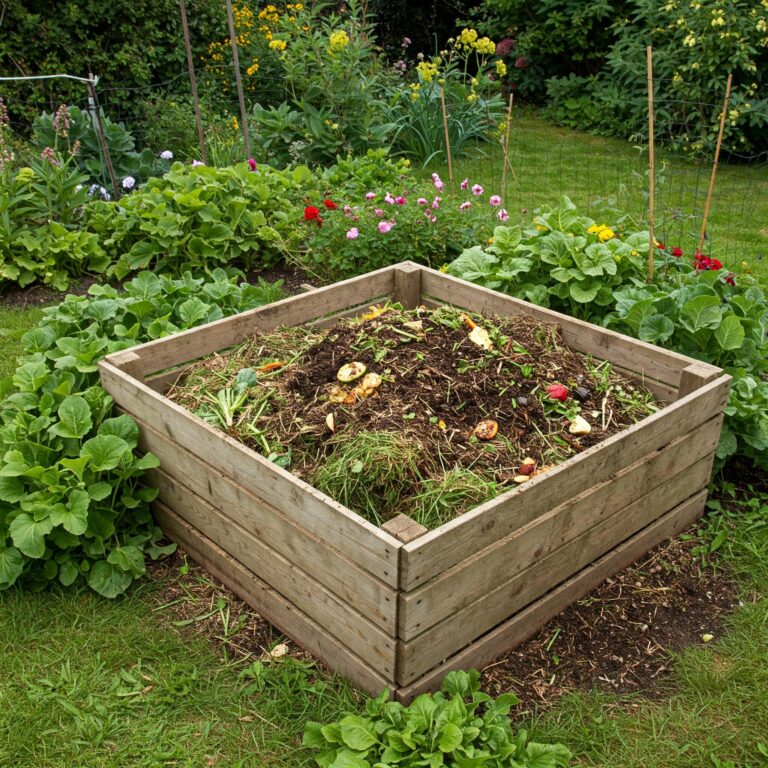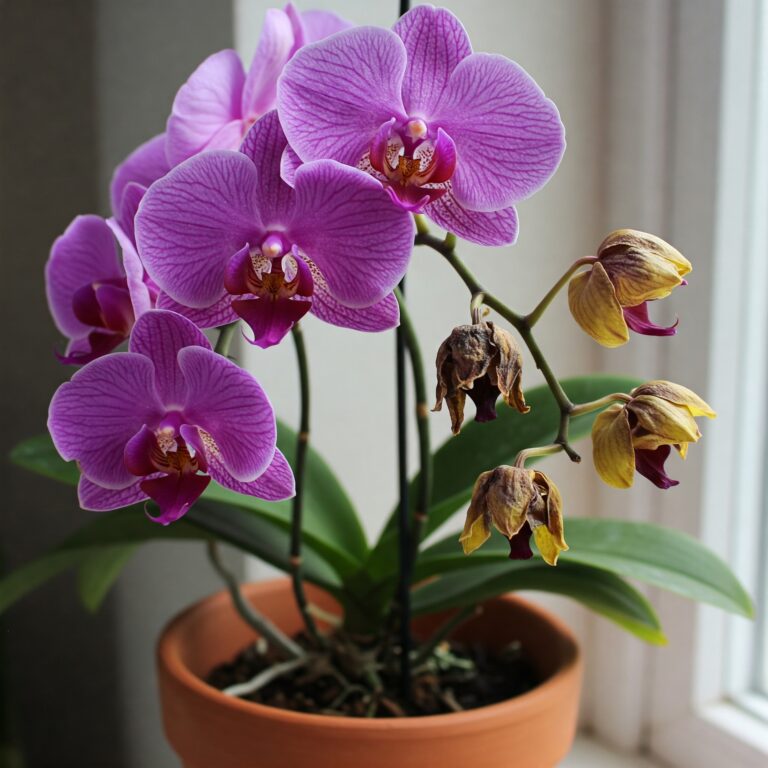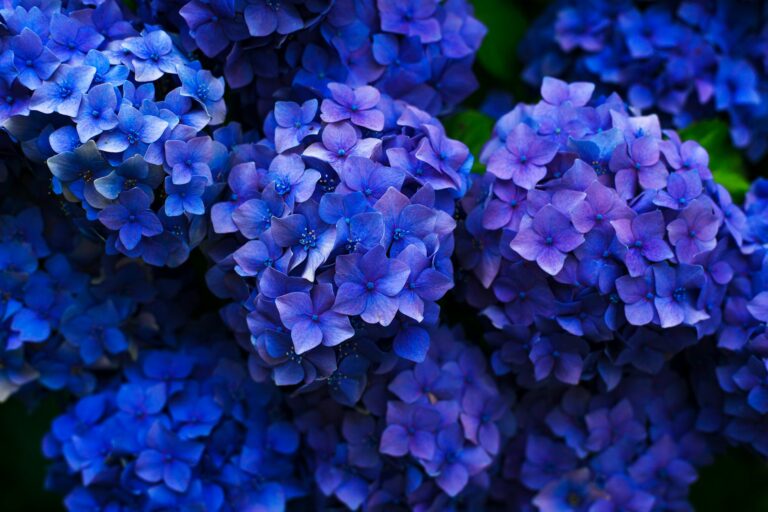Ah, the intoxicating scent of jasmine! Did you know that studies have shown jasmine’s aroma can improve sleep quality and reduce anxiety? It’s true! But caring for these fragrant beauties in pots can be a bit tricky.
Caring for jasmine plants in pots offers a delightful way to enjoy their fragrant blossoms and lush green foliage, even in small spaces like balconies, patios, or indoor settings. Jasmine plants are popular for their intoxicating scent and beautiful flowers, making them a favorite among gardeners and plant enthusiasts alike.
However, successfully growing jasmine in pots requires attention to a few key factors such as choosing the right pot, providing proper sunlight, maintaining suitable soil conditions, and understanding their watering and fertilization needs.
With the right care routine, potted jasmine plants can thrive, producing abundant blooms and filling your space with their sweet aroma. This guide will walk you through essential tips and techniques for growing healthy jasmine plants in pots, ensuring they flourish season after season.
How To Care For Jasmine Plant In Pots
Choosing the Right Pot for Your Jasmine Plant
One of the first things to consider when learning how to care for jasmine plants in pots is the choice of container. Jasmine plants need space to grow, but they also prefer to have their roots slightly confined.
This makes choosing the correct pot size important for the plant’s health. Typically, a 12-16 inch wide pot is a good starting point for most jasmine varieties. This size offers enough room for root development while keeping the plant from becoming root-bound too quickly.
When selecting a pot, materials matter. Clay or terracotta pots are great options because they are breathable and help prevent the soil from retaining too much moisture—an important consideration for container-grown jasmine.
Additionally, always choose pots with drainage holes. Jasmine plants are sensitive to waterlogged roots, which can lead to root rot. If your pot doesn’t have enough drainage, consider adding a layer of gravel or broken pottery at the bottom.
Repotting is an essential part of jasmine care. As the plant grows, it will eventually outgrow its current container. Generally, you should repot your jasmine every 2-3 years, refreshing the soil and moving it into a slightly larger pot to allow for continued growth. During repotting you can inspect the roots and trim away any that are diseased or overly crowded.
Soil Requirements for Potted Jasmine Plants
Creating the right soil mix is vital to care for jasmine plants in pots. Jasmine prefers slightly acidic soil with a pH between 6.0 and 7.0. This level of acidity helps the plant absorb nutrients effectively, which is key to vigorous growth and abundant blooms.
A mix of peat moss, compost, and perlite or sand usually provides the ideal balance of nutrients and drainage.
The soil should be well-draining, as Jasmine dislikes soggy conditions. Poorly draining soil can cause issues like root rot, which can quickly spell disaster for your jasmine. To improve drainage, you can mix in coarse sand or perlite.
Additionally, consider adding organic material like leaf mold or well-rotted compost to boost the soil’s fertility, supporting the needs of container-grown jasmine.
If you find that your soil is too alkaline, amending it with sulfur or adding peat moss can help lower the pH to a more favorable level. Always test your soil before planting to ensure it meets the optimal conditions for Jasmine.
Growing Spider Plant Babies in Water: A Simple Guide
Why Are My Succulent Plant Leaves Falling Off?
Watering Your Potted Jasmine
One of the trickiest aspects of caring for jasmine plants in pots is getting the watering schedule just right. Jasmine likes consistently moist soil but is highly sensitive to overwatering.
The key is to maintain a balance—water the plant when the top inch of soil feels dry to the touch. When you water, do so thoroughly, allowing the excess water to drain out of the bottom. This ensures the entire root system gets adequate moisture without becoming waterlogged.
Overwatering is a common mistake and can lead to yellowing leaves, wilting, and even root rot. On the flip side, underwatering will cause dry, crispy leaves and stunted growth. Keep an eye out for these signs and adjust your watering routine accordingly.
Your watering routine should also change with the seasons. During spring and summer, when your jasmine is actively growing and blooming, it will require more water. In contrast, during the cooler months, reduce watering as the plant enters its dormant phase. Consistency is key to keeping your container-grown jasmine healthy.
How To Make A Succulent Terrarium For Indoor Plants
Light and Temperature Needs for Potted Jasmine
When it comes to care for jasmine plants in pots, getting the lighting right is crucial. Jasmine thrives in bright, indirect sunlight. Depending on the species, some jasmine varieties, like Jasminum officinale, can handle full sun, while others, like Jasminum sambac, prefer partial shade.
If growing jasmine indoors, place the pot near a south- or west-facing window where it can receive plenty of light without being exposed to harsh midday sun.
Most jasmine varieties prefer mild temperatures between 60-75°F (15-24°C). During the warmer months, you can place your container-grown jasmine outside on a balcony or patio. However, in colder climates, bring the plant indoors before the first frost, as jasmine is sensitive to freezing temperatures.
For indoor jasmine, it’s essential to keep the plant away from drafts or sudden temperature fluctuations. Indoor heaters, air conditioning vents, or drafty windows can stress the plant, leading to poor growth and fewer blooms.
Fertilizing Jasmine Plants in Pots
Since container-grown jasmine relies on the nutrients in its soil, regular feeding is necessary. Use a balanced liquid fertilizer or slow-release granules designed for flowering plants. Apply fertilizer every 4-6 weeks during the growing season, typically from spring through early fall.
When applying fertilizer, follow the package instructions carefully. Over-fertilizing can lead to salt buildup in the soil, which can harm the roots and reduce flower production. If you notice a white crust forming on the soil surface, it’s a sign of salt accumulation, and you should flush the soil with water to remove it.
During the winter months, reduce or stop feeding your jasmine altogether. The plant’s growth slows during this period, so it won’t need as many nutrients. Once spring arrives and new growth begins, resume your regular fertilization schedule.
Do Succulents Like Acidic Soil?
How To Care For Plants In Pots Without Holes
Pruning and Training Potted Jasmine Plants
Pruning is a critical aspect of care for jasmine plants in pots. Regular pruning keeps the plant compact, encourages new growth, and stimulates more blooms. The best time to prune jasmine is immediately after it finishes blooming.
Use sharp, sterilized shears to trim back any leggy or unruly stems. Focus on maintaining the plant’s shape while removing dead or diseased branches.
Training your jasmine to grow along a support structure, such as a trellis or stake, is essential for managing its growth in a pot. Jasmine vines can become quite vigorous, so guiding them as they grow prevents the plant from becoming tangled or top-heavy.
Secure the vines with soft ties as they grow, gently coaxing them in the desired direction. Regularly check and adjust the ties to avoid cutting into the stems as they thicken.
Pruning and training help your container-grown jasmine remain manageable and visually appealing, whether it’s adorning a balcony, patio, or indoor space.
Snake Plant Care: 7 Easy Tips for Thriving Houseplants
Common Problems and Solutions for Potted Jasmine
Even with the best care, jasmine plants can sometimes encounter issues. Common pests that affect jasmine include spider mites, aphids, and whiteflies. Regularly inspect the plant’s leaves, especially the undersides, for signs of infestation. If you notice pests, treat the plant with insecticidal soap, neem oil, or a homemade solution of water and dish soap.
Diseases such as root rot, powdery mildew, and leaf spot can also trouble jasmine plants. Root rot typically occurs due to overwatering or poorly draining soil. If you suspect root rot, reduce watering and consider repotting the plant in fresh soil. For powdery mildew and leaf spot, remove affected leaves and improve air circulation around the plant.
If your jasmine isn’t blooming as expected, the problem could be related to light, temperature, or nutrient levels. Make sure the plant receives enough light, isn’t exposed to extreme temperatures, and is fertilized regularly during the growing season.
How to Successfully Grow Moss in Your Terrarium
How To Aerate The Soil In A Potted Plant
Conclusion
In conclusion, caring for jasmine plants in pots is a rewarding experience that allows you to enjoy their enchanting fragrance and vibrant blooms in a manageable and versatile way.
By providing the right pot size, well-draining soil, adequate sunlight, and consistent watering, your jasmine plant can thrive in a container environment. Regular pruning and appropriate fertilization further enhance its growth and flowering potential.
Whether you place your jasmine indoors or outdoors, with a little care and attention, you’ll be able to cultivate a beautiful and aromatic plant that adds charm and elegance to your space year-round.
Potted Cyclamen Care: Keeping Your Houseplant Blooms Vibrant
